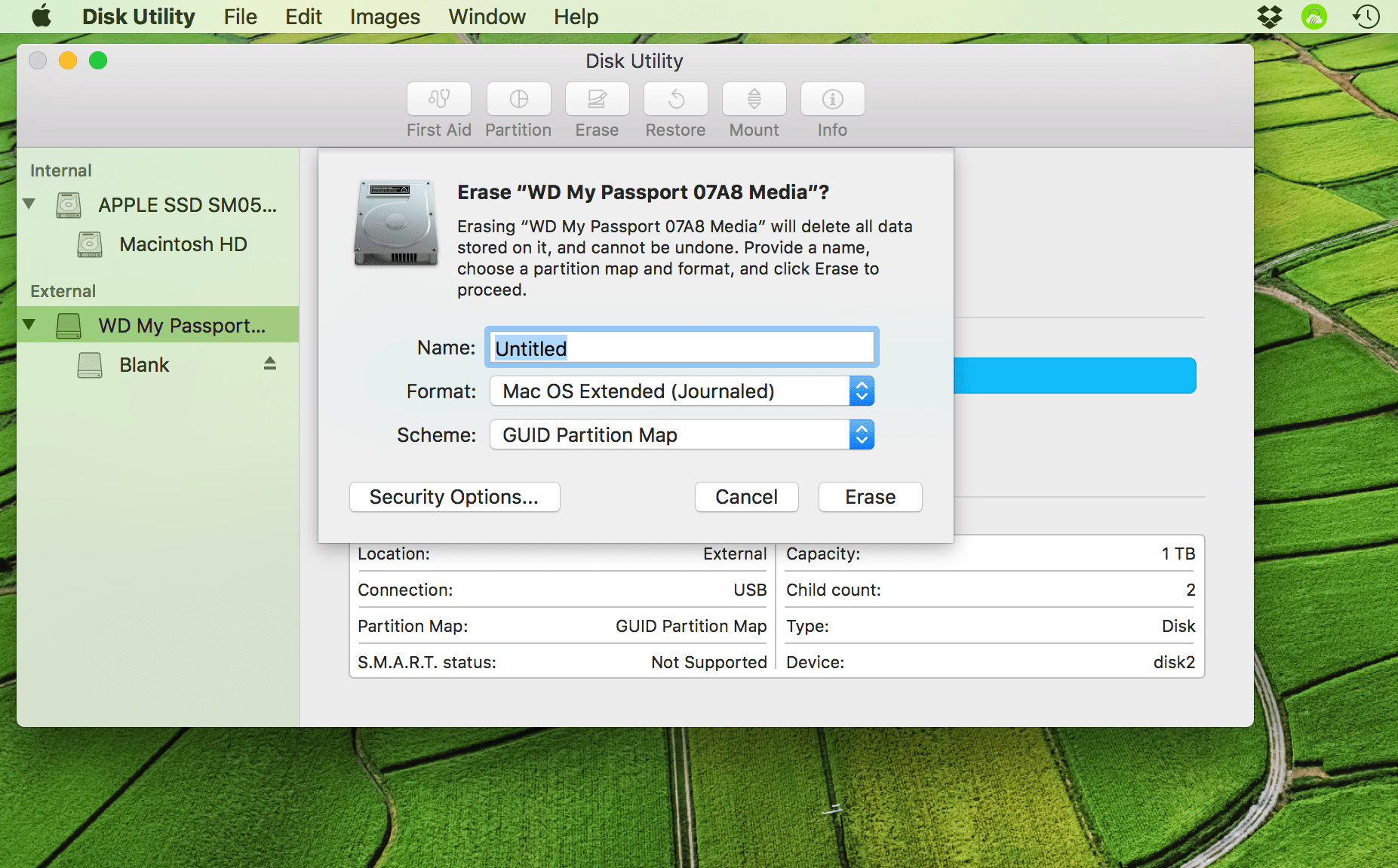Jul 18, 2019 In Addition, after the bootable Mac OS Mojave USB is created, restart you computer and press Alt or Option key then select install Mac OS Mojave to begin installation. Sum Up: In conclusion, the easiest way to create a bootable Mac OS Mojave USB install drive. Oct 07, 2019 If you have more than one external drive with the same name, you will need to rename the drive you are using as a bootable installer now. If your Mac is using AFS+, select Mac OS Extended (Journaled) from the format list. If your Mac is using APFS, select APFS from the list of options. If Scheme is available, select GUID Partition Map. What is Unibeast? Unibeast is a tool developed by MacMan and TonyMacx86. To create Bootable USB for MacOS Mojave and MacOS High Sierra operating system. From any Mac, store purchases Mac OS X. This all in one that creating Bootable Drive rescue boot drive from system recovery. Today I will show you How to create a Bootable macOS Mojave USB Installer on windows using TransMac. But First You have to prepare the required files.
- How To Create A Bootable Install Drive For Macos Mojave
- Create Bootable Usb On Mac
- How To Create A Bootable Usb Drive For Macos Mojave
How To Create A Bootable Install Drive For Macos Mojave
Jun 22, 2018 How to Create a Bootable macOS Mojave USB Install Drive. First things first, ensure that your Mac is compatible with macOS Mojave: Following devices can run the latest macOS. MacBook (Early 2015 or newer) MacBook Pro (Mid 2012 or newer) Mac mini (Late 2012 or newer) iMac (Late 2012 or newer) iMac Pro (2017). On the other hand, you could create a Mojave utility disk with a base OS 10.14 system and copy the installer to that; you’d want to use a large thumb drive, at least a 32GB USB3. On that you could install any number of extra utilities, like Disk Warrior and TechTool Pro.
These advanced steps are primarily for system administrators and others who are familiar with the command line. You don't need a bootable installer to upgrade macOS or reinstall macOS, but it can be useful when you want to install on multiple computers without downloading the installer each time.
Download macOS
Find the appropriate download link in the upgrade instructions for each macOS version:
macOS Catalina, macOS Mojave, ormacOS High Sierra
Installers for each of these macOS versions download directly to your Applications folder as an app named Install macOS Catalina, Install macOS Mojave, or Install macOS High Sierra. If the installer opens after downloading, quit it without continuing installation. Important: To get the correct installer, download from a Mac that is using macOS Sierra 10.12.5 or later, or El Capitan 10.11.6. Enterprise administrators, please download from Apple, not a locally hosted software-update server.
OS X El Capitan
El Capitan downloads as a disk image. On a Mac that is compatible with El Capitan, open the disk image and run the installer within, named InstallMacOSX.pkg. It installs an app named Install OS X El Capitan into your Applications folder. You will create the bootable installer from this app, not from the disk image or .pkg installer.
Use the 'createinstallmedia' command in Terminal
- Connect the USB flash drive or other volume that you're using for the bootable installer. Make sure that it has at least 12GB of available storage and is formatted as Mac OS Extended.
- Open Terminal, which is in the Utilities folder of your Applications folder.
- Type or paste one of the following commands in Terminal. These assume that the installer is still in your Applications folder, and MyVolume is the name of the USB flash drive or other volume you're using. If it has a different name, replace
MyVolumein these commands with the name of your volume.
Catalina:*
Mojave:*
High Sierra:*
El Capitan: - Press Return after typing the command.
- When prompted, type your administrator password and press Return again. Terminal doesn't show any characters as you type your password.
- When prompted, type
Yto confirm that you want to erase the volume, then press Return. Terminal shows the progress as the bootable installer is created. - When Terminal says that it's done, the volume will have the same name as the installer you downloaded, such as Install macOS Catalina. You can now quit Terminal and eject the volume.
* If your Mac is using macOS Sierra or earlier, include the --applicationpath argument, similar to the way this argument is used in the command for El Capitan.


Use the bootable installer
After creating the bootable installer, follow these steps to use it:
- Plug the bootable installer into a compatible Mac.
- Use Startup Manager or Startup Disk preferences to select the bootable installer as the startup disk, then start up from it. Your Mac will start up to macOS Recovery.
Learn about selecting a startup disk, including what to do if your Mac doesn't start up from it. - Choose your language, if prompted.
- A bootable installer doesn't download macOS from the Internet, but it does require the Internet to get information specific to your Mac model, such as firmware updates. If you need to connect to a Wi-Fi network, use the Wi-Fi menu in the menu bar.
- Select Install macOS (or Install OS X) from the Utilities window, then click Continue and follow the onscreen instructions.
Learn more
For more information about the createinstallmedia command and the arguments that you can use with it, make sure that the macOS installer is in your Applications folder, then enter this path in Terminal:
Catalina:
Mojave:

Create Bootable Usb On Mac
High Sierra:
How To Create A Bootable Usb Drive For Macos Mojave
El Capitan: